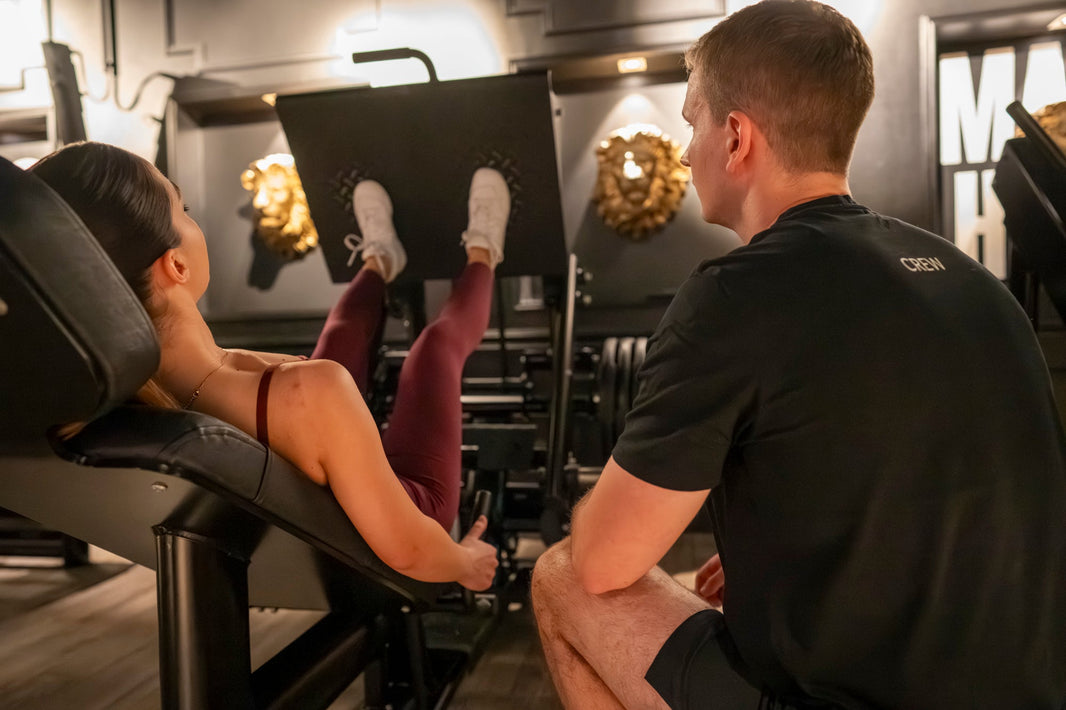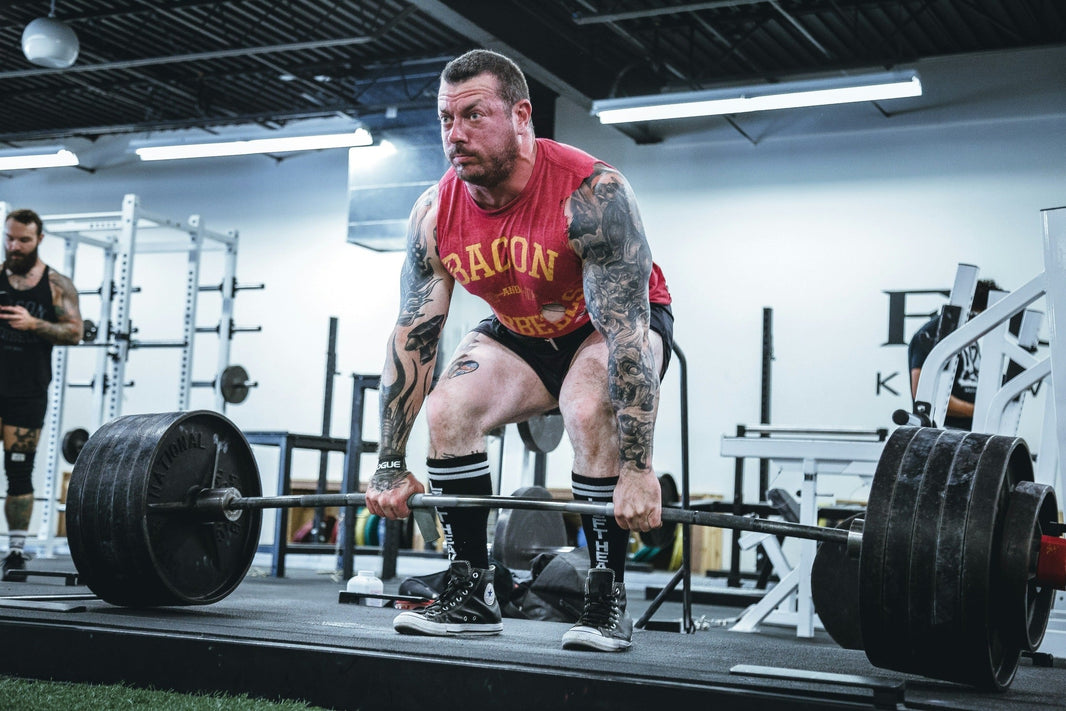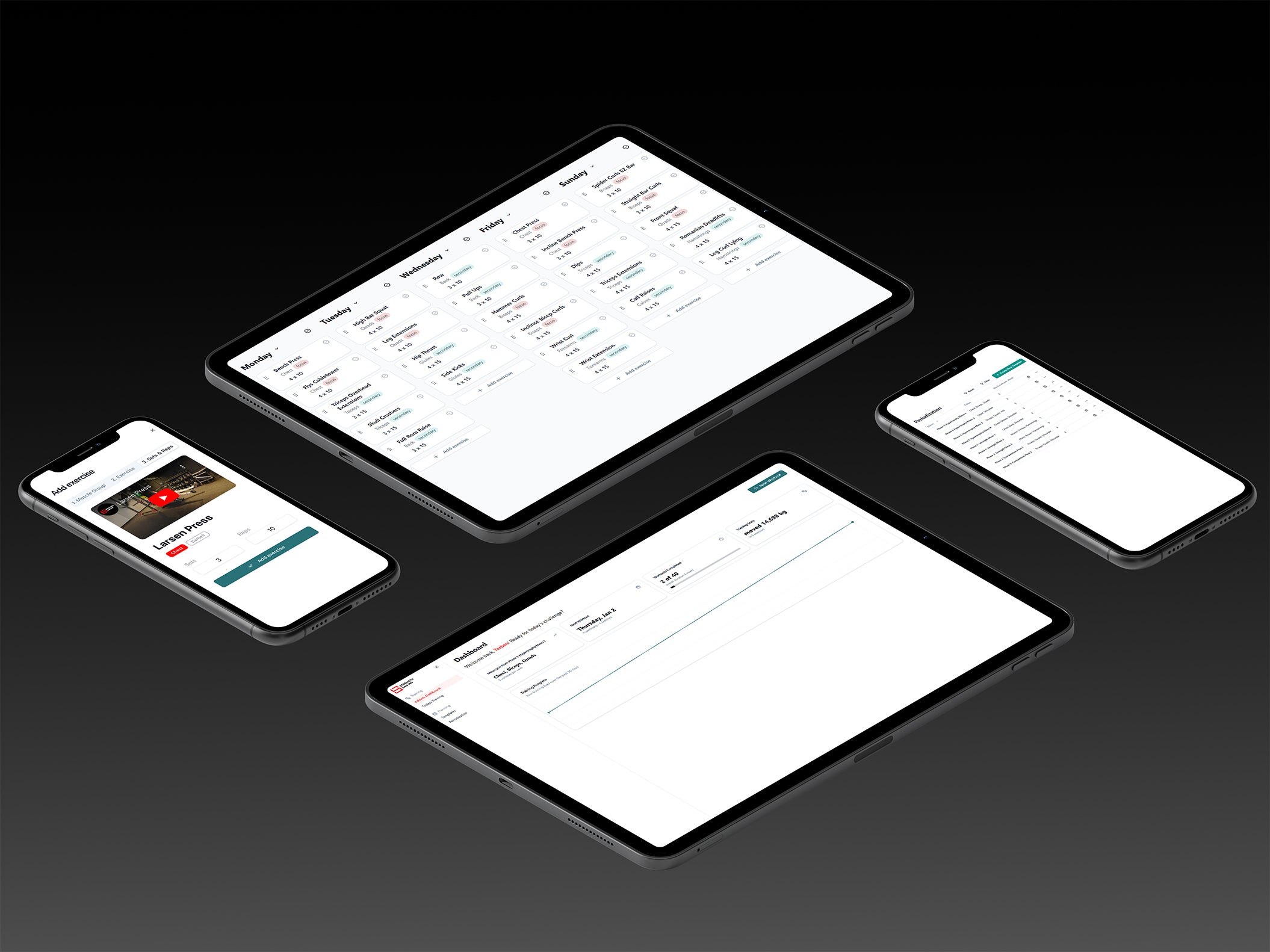The Synergy of Metabolic and Mechanical Stress: Maximizing Muscle Hypertrophy Through Smart Strength Training
When it comes to building serious muscle, it's not just about lifting heavier or chasing the pump—it's about strategically leveraging both metabolic stress and mechanical tension. Emerging research shows that these two forms of stress are not only distinct but deeply complementary in driving muscle hypertrophy and enhancing muscle growth. By combining them thoughtfully, athletes and everyday lifters alike can unlock more efficient and comprehensive gains.
This article explores the cellular mechanisms behind these two drivers of growth, their real-world applications in resistance training, and practical strategies to blend them effectively. If your goal is to understand the dual mechanisms of muscle hypertrophy and how to use them to your advantage, this is the guide for you.
What Is Metabolic Stress and How Does It Stimulate Muscle Growth?
Metabolic stress refers to the accumulation of metabolic byproducts such as lactate, hydrogen ions, and inorganic phosphate during intense exercise. This stress environment, often described as "the burn," results in a cascade of intracellular events that stimulate muscle growth. It is a significant contributor to muscle hypertrophy, acting alongside mechanical tension to create an anabolic environment within the muscle.
When metabolic stress occurs, it triggers cellular swelling, hormonal responses, and the activation of key signaling pathways such as mTOR. This biochemical process is closely associated with increases in muscle fiber size and muscle protein synthesis, making it a powerful tool for those aiming to increase muscle mass.
What Is Mechanical Stress and How Does It Stimulate Muscle Growth?
Mechanical stress, often referred to as mechanical tension, arises from the application of force to a muscle through resistance. This occurs primarily during strength training that involves lifting moderate to heavy loads and placing the muscle fibers under continuous tension, especially in lengthened positions. Exercises such as squats, bench presses, and rows are excellent for generating this kind of stress.
The tension created during these movements deforms the muscle tissue and associated cytoskeletal structures, initiating a mechanical signal transduction process that activates anabolic pathways like mTOR and MAPK. This, in turn, promotes muscle protein synthesis, recruitment of satellite cells, and eventual increases in muscle size and strength. Unlike metabolic stress, mechanical stress does not rely on high repetitions or metabolite accumulation but rather on sustained force and tension across a range of motion.
Mechanical Tension vs. Metabolic Stress: Do You Need Both?
While mechanical tension is generated by lifting heavy weights that apply sustained force to the muscle, metabolic stress comes from resistance training styles that involve high reps and shorter rest periods. Both types of stress stimulate different pathways within the muscle cells, but they converge on similar growth outcomes.
Tension can stimulate muscle growth by disrupting the muscle fiber structure and activating repair processes, while metabolic stress can activate anabolic signaling and create an optimal hormonal and cellular environment. The mechanical and metabolic pathways are complementary, and their synergy maximizes results.
How Does Metabolic Stress Work Inside the Muscle Cell?
Inside each muscle cell, metabolic stress sets off a biochemical chain reaction. The build-up of metabolites increases osmotic pressure, drawing water into the cells. This results in cell swelling, which itself is believed to act as a signal for skeletal muscle hypertrophy.
Furthermore, metabolic stress during low-intensity resistance work leads to elevated production of reactive oxygen species and changes in the redox environment. This influences transcriptional regulators and activates genes involved in muscle adaptation, such as myogenic genes in skeletal muscle. Ultimately, this environment enhances muscle protein synthesis and contributes to exercise-induced muscle growth.
What Training Variables Enhance Metabolic Stress?
To effectively induce metabolic stress, focus on high-rep sets (12–20 reps), short rest intervals (30–90 seconds), and resistance training that brings sets close to failure. Techniques like myo reps, supersets, and rest-pause training are excellent for maintaining muscular tension while amplifying metabolite accumulation.
Using these methods, metabolic stress and muscle fatigue accumulate simultaneously, creating a strong effect on muscle growth. It’s important, however, to ensure that total training volume and intensity remain sufficient to challenge the target muscle fibers.
The Role of Mechanical Stress in Resistance Training
Unlike metabolic stress, mechanical stress primarily involves high mechanical tension created by lifting moderate to heavy loads (65–90% of 1RM) through full range of motion. Movements like squats, presses, and rows are textbook examples that load muscles under stretch and generate muscle damage.
This damage leads to skeletal muscle remodeling, which enhances muscle strength and size. The process activates satellite cells and drives muscle protein synthesis, leading to long-term gains in muscle mass and strength. Mechanical loading remains essential for optimal adaptation and should anchor every training session.
Why Blending Mechanical and Metabolic Stress Is Optimal
Combining mechanical tension and metabolic stress is the most effective way to promote muscle growth. The tension activates the structural integrity of the muscle fibers, while metabolic stress layers on the biochemical signals that increase muscle hypertrophy.
For example, a training program might start with heavy compound lifts to induce mechanical tension, followed by isolation movements or back-off sets to accumulate metabolic stress. This combination leads to a more complete hypertrophic signal and avoids overreliance on a single method.
What Happens If You Train With Just One Stressor?
Focusing solely on metabolic stress can result in an incomplete stimulus. Without high mechanical tension, the body may fail to recruit high-threshold motor units responsible for building muscle size and strength. Conversely, training only with heavy loads and long rest can reduce metabolite buildup and miss out on hormonal responses.
The best strategy is periodized or concurrent programming that incorporates both stressors. This not only enhances muscle development but also reduces the risk of plateau and overuse injuries, supporting long-term hypertrophy and strength gains.
Metabolic Stress and Muscle Fiber Recruitment
Metabolic stress enhances muscle fiber recruitment through fatigue-driven mechanisms. As low-threshold fibers fatigue, higher-threshold muscle fibers are called into action. This progressive recruitment is vital for stimulating Type II fibers, which have the highest potential for muscle hypertrophy.
By utilizing resistance training protocols that create both fatigue and sustained tension, you ensure broad muscle fiber activation and maximize hypertrophic signaling.
What Science Says About Metabolic Stress and Hypertrophy
In the review by Schoenfeld (2013), the author outlines how metabolic stress activates several key pathways linked to muscle hypertrophy. These include mTOR signaling, cellular swelling, increased hormonal production, and enhanced recruitment of muscle fibers.
The research emphasizes that mechanical and metabolic stimuli work in tandem. Together, they enhance the growth of muscle by promoting muscle protein synthesis, satellite cell activation, and changes in muscle mass over time. The study affirms that growth is metabolic stress dependent in part, and that this component should not be overlooked.
Practical Ways to Program for Mechanical and Metabolic Stress
-
Begin your training session with compound lifts using moderate to heavy loads (65–90% of 1RM) to produce high mechanical tension.
-
Emphasize full range of motion under load, slow eccentrics, and stretch-based movements to maximize mechanical stress and muscle damage.
-
Follow with back-off sets, isolation movements, or metabolic finishers like supersets and myo reps to accumulate metabolic stress.
-
Use 12–20 rep ranges for metabolic work and 4–8 reps for mechanical loading, adjusting rest intervals accordingly (longer for tension, shorter for stress).
-
Alternate training blocks or sessions that prioritize mechanical loading with those emphasizing metabolic fatiguefor comprehensive development.
Summary: Maximizing Muscle Growth With Stress-Based Training
-
Mechanical tension and metabolic stress are the two foundational drivers of muscle hypertrophy.
-
Heavy compound lifts with controlled tempo and full range generate mechanical stress that recruits and challenges muscle fibers.
-
High-rep, low-rest isolation and compound sets accumulate metabolic stress, triggering hormonal and cellular growth signals.
-
Combining both stressors in your training session or across your training program leads to more robust gains in muscle mass and strength.
-
Periodizing for each stimulus supports sustainable, long-term adaptation and minimizes overtraining risk.
-
Use scientific understanding of both stress mechanisms to optimize your resistance training for maximum effect.
Ready to rethink how you build muscle? Make room for both mechanical tension and metabolic stress in your next workout and experience the difference.







